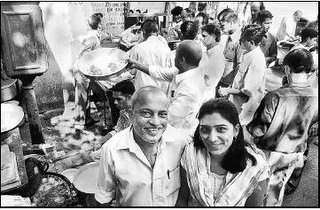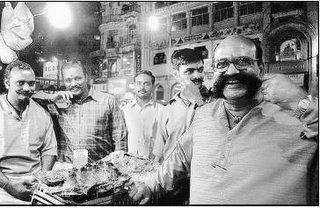This article is from HT
The heading obviously only holds in PPP terms. In absolute $ terms , we do have a long way to go yet.
Check the projections for 2050 and see where the US,China and India stand. A bit scary this.
Anyways it remains to be seen how this shift in the balance of economic power will impact the rest of the world.
-----------------------------------------------
India is slated to become the third largest economy with a share of 14.3 per cent of global economy by 2015 and graduate to become the "third pole" and growth driver by 2035.
"As the share of USA in World GDP falls from 21 to 18 per cent and that of India rises from 6 to 11 per cent in 2025, the latter emerges as third pole in the global economy," economist Arvind Virmani said in an article published in ADB India Economic Bulletin.
India, which is now the fourth largest economy in terms of purchasing power parity, will overtake Japan and become third major economic power within 10 years.
India will increase its share from 8.2 in 2015 to 11.2 per cent of world GDP by 2025, and is projected to be about 60 per cent of the size of US economy.
"The transformation into tri-polar economy will be completed by 2035 with Indian economy only a little smaller than US economy but larger than that of Western Europe," Virmani, a director of economic think-tank ICRIER, said.
By 2035, India is likely to be a larger growth driver than the 6 largest countries in EU, though its impact will be a little over half that of the US.
India's share of global economy would be 14.3 per cent, while China will dominate with 30 per cent and USA at second place with 16 per cent by 2035.
China's economy is projected to become 50 per cent larger than US economy by 2025 and almost double that of USA by 2035, he said.
At this point China's share of the world economy will be equal to the share of the US and Indian economies taken together, he said.




